Thursday, November 11, 2010 - Toby Opferman
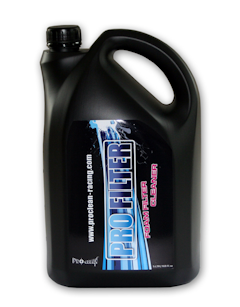
How often do you clean your air filter? What do you use when you clean it? Perhaps gasoline or WD40 or Dish Soap? Well, I just tried ProClean ProFilter air filter cleaner on one of my bikes that I had left the summer without cleaning (Yes, shame on me!).
I have to say I was pretty amazed that dirt just came right off without doing any work at all! Unlike gasoline which is toxic and hard to dispose of this is a biodegradable water based cleaner so it is easy to dispose.
Read more » Monday, November 1, 2010 - Toby Opferman
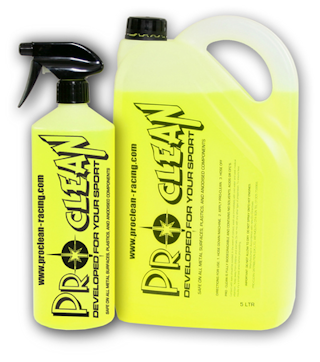
When I get done riding I'm pretty tired from the tight and technical to having to hold up the bike after failing a hill climb. Now The last thing I want to do when I get home is wash the bike however it is completely nessecary if I want my bike to last. A clean bike will prevent dirt and grime from getting into your business when you are working on the bike. Mud can also hide problems that need to be fixed from a visual inspection. The worst thing is to take your bike out only for it to break down after 10 minutes of riding.
The easiest thing to do is to use a power washer and wash the bike with an intense stream of water. There are problems with this approach because the high pressure can actually move a seal, force water and dirt through a seal, scratch up your plastics or rip off your graphics. I was power washing my bikes for a while and I learned that it's not the best approach to washing your bike. There is also dirt in the water so once your bike dries there will still be a layer of dirt covering a lot of the most hard to reach places.
Read more » Saturday, October 9, 2010 - Toby Opferman
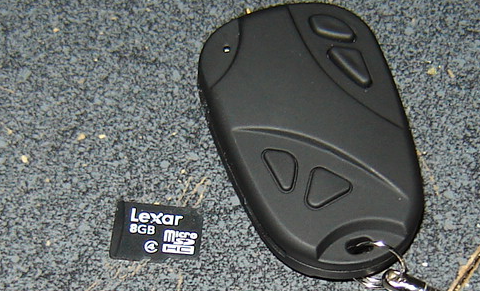
The MicroCamera is an interesting little camera for about ~$20 to $30 dollars. It looks like an automatic carlock and can fit on your keychain. The entire assembly is very light and contains two functional buttons and two fake buttons. The top of the camera has a small LED that tells you the current operation mode of the camera and on the front side oppsite the key ring attachment is the camera and microphone.
The camera lens is indented into the plastic so it will not be scratching up against anything. the Microphone is a pin sized hole right next to it. The left side contains a pin sized reset button, the USB Mini port and the insert for the Micro-SDHC card. The micro SDHC card must be purchased separately and can run from $25 to $50 dollars depending on the size, class and brand.
Read more » Tuesday, December 16, 2008 - Toby Opferman
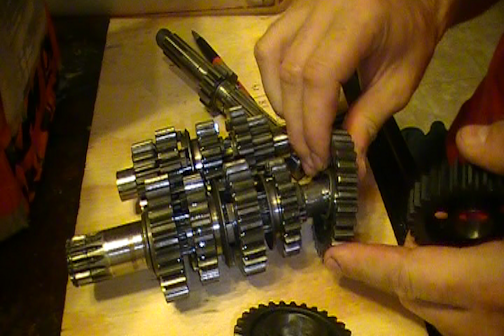
The transmission is a collection of gears that change the revolution ratio of the drive shaft which rotates the rear tire. The input to this system comes from the clutch which is rotated by the crank shaft via a gear driven system or a primary chain. This section I will provide an example of how gears work and this example will be the 1982 Maico 490 GS transmission.
The Maico 490 GS has three shafts in the transmission. The "MainShaft" which is the power input, the main shaft is attached to the clutch and rotates the transmission gears. The "Layshaft" which is the shaft that is rotated by the main shaft and finally the drive shaft which is rotated by the lay shaft. The full sequence of events that occur in the Maico 490 GS are as follows.
Read more » Sunday, November 30, 2008 - Toby Opferman
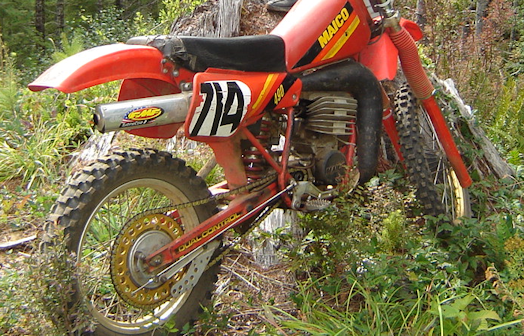
Horsepower is generally used to relate how powerful an engine is in relation to the number of horses it would take to equal it's power and is generally stated to be "33,000 foot pounds of work per minute". The horse power output of an engine varies depending on the torque and the RPM of the crankshaft. The formula for computing horse power is HP = ((Torque)*(RPM))/5252. The 5252 is a constant that represents 1 horse power, if Torque (foot pounds) * RPM is 5252 then you have 1 horse power generated as output. This constant is calculated by taking the amount of foot pounds in 1 horse power (33,000) and converting it into radians per revolution (2*PI) so 5252 = 33000/(2*PI). The general equation is "Power = (Force * Distance) / Time" which in this case force is torque in foot pounds, distance is the revolutions per minute of the crank shaft, time is calculated as 1 horsepower in a single revolution and power is in units of "horse power" or 33,000 foot pounds.
Let's take a look at severals specifications for the KTM 495's maximum power output.
Read more » Wednesday, November 26, 2008 - Toby Opferman
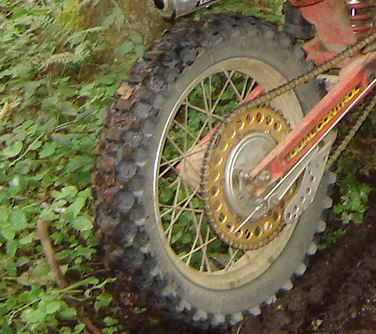
The speed at which your tire rotates and the size of your tires determines how fast you are able to move. You can compute the amount of ground your tire would cover in a single rotation by computing the circumference of a circle. PI * Diameter = Circumference so with a tire of 18 inches you would get 3.14 * 18 inches = 56.52 inches or 4.71 feet. This is how far your bike will move after the tire has rotated a full turn.
This can be further used to determine how many times the tire needs to rotate to cover an entire mile. There are 5,280 feet in a mile and your tire coverse 4.71 feet for every rotation so 5,280/4.71 feet = 1,121 rotations of the rear tire covers one mile. Please note that these are just estimates.
Read more » Friday, November 14, 2008 - Toby Opferman
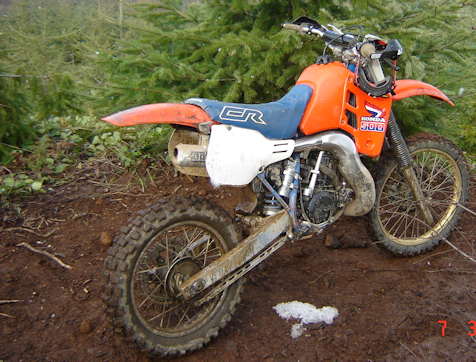
Power band is a very controversial word when talking about dirt bikes. It is commonly believed that "power band" was a new concept for some race bikes/dirt bikes and it was a common question "Does this bike have power band?". I remember one time my dad was working on a bike and one of the kids I hung around with asked him what was wrong and he said "I'm putting in a new power band, the old one was worn out". People would talk about "Power Band" as if it was a physical peice of the bike that you could replace.
I remember "Power Band" was explained one time that a normal motor goes up to about 8,000 RPM however a motor with power band (i.e. a race bike) goes up to 12,000 RPM. The "Power Band" kicks in when the motor has reached peak RPM of 8,000 and then it kicks into power band and keeps going beyond the peak RPM to 12,000 RPM. That's a power band!
Read more » Tuesday, November 11, 2008 - Toby Opferman
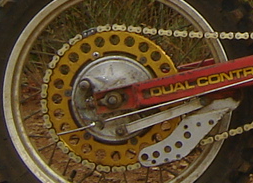
Changing the front and rear sprockets of a motorcycle has the affect of changing the gear ratio. That means you will either gain more power/torque but lose top end speed or you will lose top end speed but gain more power/torque. The gear ratio is computed by dividing the number of teeth on the rear sprocket by the number of teeth on the front sprocket. This means that for example a motorcycle with a 51 tooth rear sprocket and a 15 tooth front sprocket has a gear ratio of 51/15 = 3.4. You can affect this ratio by changing the number of teeth on either the front sprocket or the rear sprocket. Adding more teeth to the rear sprocket is the same affect as lowering the number of teeth on the front sprocket. The opposite is also true in that lowering the number of teeth on the rear sprocket is the same affect as adding more teeth to the front sprocket.
A 12 tooth front sprocket and a 48 tooth rear sprocket is the same as having a 60 tooth rear sprocket and a 15 tooth front sprocket. Notice the example math below (gear ratios are written as 1:ratio):
Read more »








